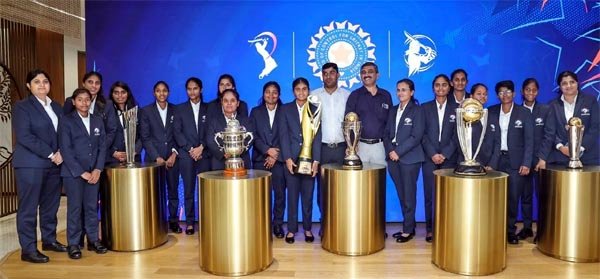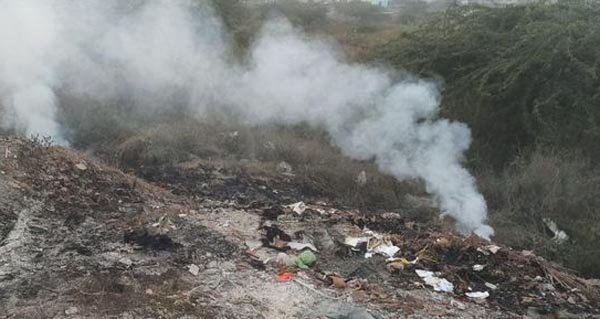New Delhi, Nov 22 (UNI) Saturday morning presented a familiar sight as commuters were seen coughing and wheezing their way through toxic air, some masked, others simply braving the haze. Now, the Commission for Air Quality Management (CAQM) has recommended a partial reprieve, urging government and private offices to shift employees to work-from-home as pollution levels remain locked in the ‘very poor’ category for over a week.
In its advisory issued on Saturday, the pollution watchdog asked NCR state governments and the Delhi administration to consider allowing offices to function with 50 per cent staff on-site, with the rest working remotely. The Centre, too, may permit work-from-home for its employees in Delhi-NCR.
The decision comes after the Supreme Court, on November 19, urged the Commission to take proactive steps in consultation with stakeholders to prevent further deterioration of air quality in Delhi-NCR. Taking cognizance of the apex court’s directions and deteriorating air quality in the city, CAQM on Saturday revised the Graded Response Action Plan (GRAP), imposing stricter measures in earlier phases.
According to the revised protocol, two key Stage 4 measures that allow residents of Delhi-NCR to work remotely will now apply under GRAP Stage 3. The order states that NCR state governments and the GNCTD may permit public, municipal, and private offices to operate with 50 per cent staff strength, with the remaining employees working from home. The Central government may also allow work-from-home arrangements for its employees in Delhi-NCR, it added.
To better respond to Delhi’s annual winter pollution scourge, CAQM has also shifted several stricter measures from GRAP Stage 3 to Stage 2. Earlier, staggered office timings for state and central government offices in the National Capital Territory of Delhi and in the districts of Gurugram, Faridabad, Ghaziabad and Gautam Buddh Nagar were triggered only under Stage 3. Under the revised notification, these will now be enforced at Stage 2.
CAQM has also advised the government to ensure an uninterrupted power supply at the Stage 1 level, a measure that was earlier enforced only under GRAP Stage 2, to curb the use of diesel generator sets and reduce emissions from this highly polluting source.
GRAP measures are activated in phases based on air quality: Stage I when the AQI crosses 201 (‘poor’), Stage II at 301 (‘very poor’), Stage III at 401 (‘severe’), and Stage IV when it exceeds 450 (‘severe’), triggering the strictest emergency curbs.
On Saturday, the 24-hour average AQI in Delhi touched 370, with forecasts indicating that pollution levels may worsen. The Ministry of Earth Sciences’ Air Quality Early Warning System has predicted that the city’s air quality could slip into the ‘severe’ category and remain between ‘very poor’ and ‘severe’ for at least six days due to stagnant wind conditions and winter inversion.
By 10 am, Delhi’s 24-hour rolling average AQI stood at 361, only slightly lower than Friday evening’s reading of 364, placing the capital dangerously close to the ‘severe’ pollution band.
With GRAP Stage 3 already in effect- restricting non-essential construction and demolition work and curbing the entry of certain vehicle categories, including those below BS-IV norms- authorities have advised residents to limit outdoor activities, especially during early mornings and late evenings.
On Thursday, the Delhi government also directed all schools and educational institutions to suspend sports and other outdoor physical activities until air quality improves.











